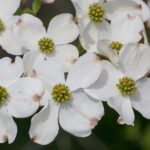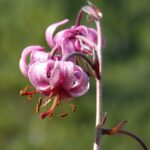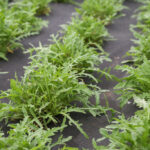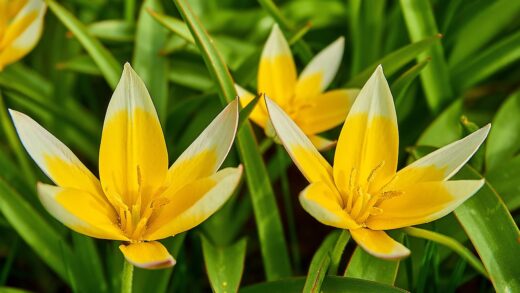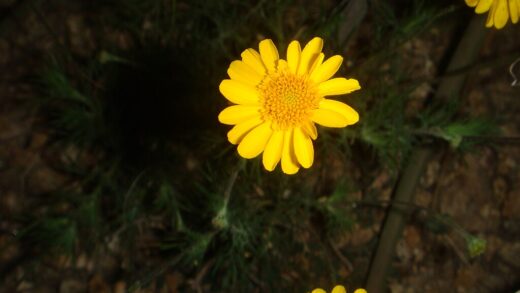The watering and fertilizing of the striped squill
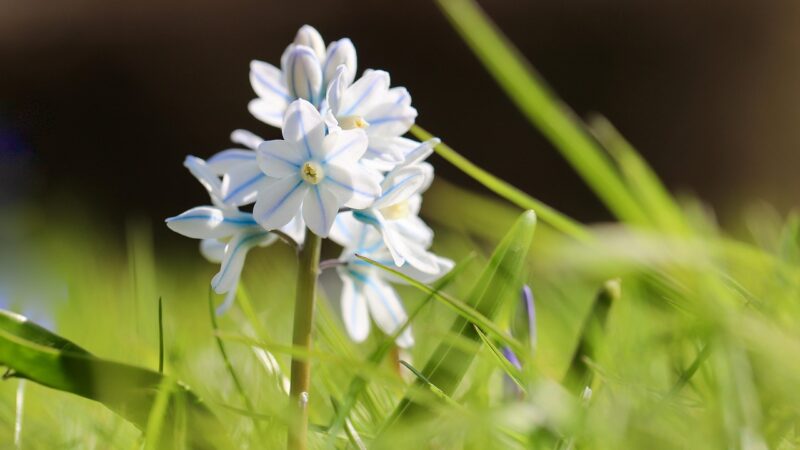
Providing the appropriate amount of moisture and nutrients is fundamental to cultivating a healthy and vibrant display of striped squill. These early spring bloomers have specific, yet straightforward, requirements that are closely tied to their natural life cycle. The most critical period for watering is during their active growth phase, from the emergence of foliage in late winter or early spring through the end of their flowering period. During this time, they rely on consistent moisture in the soil to support the development of their leaves and flowers. However, it is equally important to avoid waterlogged conditions, as their bulbs are highly susceptible to rot if left in saturated soil. The goal is to maintain a balance, keeping the soil evenly moist but never soggy.
Fertilizing striped squill is not always necessary, especially if they are planted in soil that is rich in organic matter. These bulbs are not heavy feeders and can thrive for many years with the nutrients naturally available in a healthy garden soil. However, in poorer soils or for established colonies that have been in place for several years, a light application of fertilizer can be beneficial. This can help to replenish nutrients that have been depleted over time, ensuring the bulbs have the energy reserves needed for robust growth and prolific flowering in the subsequent season.
The timing of both watering and fertilizing is crucial. Applying water and nutrients at the correct stage of the plant’s growth cycle ensures they can be used effectively. For example, watering during their summer dormancy is unnecessary and can even be detrimental, while fertilizing after the foliage has died back is ineffective as the plant is not actively taking up nutrients. Understanding this cycle is key to providing optimal care without creating unintended problems.
Ultimately, the approach to watering and fertilizing should be one of gentle support rather than intensive management. By observing the plants and the soil conditions, a gardener can respond to their needs appropriately. Mimicking the conditions of their native woodland-edge habitats—moist springs followed by drier summers—is the surest path to success. This attentive yet restrained approach will be rewarded with a reliable and ever-increasing display of these delicate spring beauties year after year.
Watering during the growth season
The period of active growth in the spring is when striped squill has the greatest demand for water. From the moment the first green shoots push through the soil until the foliage begins to yellow after flowering, maintaining consistent soil moisture is essential. This water is vital for cell expansion, nutrient transport, and the overall turgor and health of the plant. In many climates, the natural rainfall of spring is sufficient to meet these needs without any supplemental irrigation from the gardener.
More articles on this topic
However, during unseasonably dry spring spells, it is important to monitor the soil. If the top few centimeters of soil feel dry to the touch, a deep and thorough watering is beneficial. It is more effective to water deeply and infrequently than to water lightly and often. Deep watering encourages the roots to grow further down into the soil, making them more resilient. A good soaking once a week during a dry period is generally adequate to keep the plants thriving and their flowers looking fresh.
The best time to water is in the morning. This allows any moisture on the foliage to evaporate during the day, which can help to reduce the risk of fungal diseases. Watering at the base of the plant, directly onto the soil, is also preferable to overhead watering for the same reason. This ensures the water gets directly to the root zone where it is needed most, minimizing wastage through evaporation and keeping the foliage and flowers dry.
As the flowering season comes to an end and the foliage begins to naturally yellow, the plant’s water requirements decrease significantly. This is a signal that the bulb is beginning to enter its dormancy phase. At this point, you should gradually reduce any supplemental watering. Allowing the soil to begin to dry out is part of the natural cycle and helps to prepare the bulb for its summer rest.
Managing moisture during dormancy
Once the foliage has completely died back, the striped squill bulb enters a period of dormancy that typically lasts throughout the summer. During this phase, the bulb is resting and requires very little moisture. In fact, excessive moisture during summer dormancy is one of the most common reasons for bulb failure. The warm, wet conditions create a perfect environment for fungal and bacterial rots to develop, which can quickly turn a healthy bulb into a soft, decayed mass.
More articles on this topic
For this reason, it is crucial to avoid regular summer irrigation in the areas where striped squill is planted. This is an important consideration when choosing companion plants. It is best to pair them with other drought-tolerant perennials or plants that also prefer a drier summer soil. Planting them under deciduous trees is often ideal, as the tree’s canopy can help to shield the area from some of the summer rainfall, keeping the soil on the drier side.
In most temperate climates, the occasional summer rain shower will not harm the dormant bulbs, as long as the soil is well-draining and allows the excess water to move away quickly. The problems arise when the soil remains consistently damp or wet for extended periods. This is why the initial soil preparation to ensure excellent drainage is so vital for the long-term health of the bulbs.
There is no need to provide any supplemental water to striped squill during their summer dormancy. The bulbs have stored all the energy and moisture they need to survive this resting period. They will remain dormant beneath the soil surface, inactive until the cooler temperatures and increased moisture of autumn trigger the growth of new roots, beginning the cycle anew. A dry summer rest is a key component of their successful cultivation.
Principles of fertilization
Striped squill bulbs are relatively self-sufficient and are not considered heavy feeders. When planted in a soil that is rich in organic matter, they may not require any additional fertilizer for many years. The gradual decomposition of compost or leaf mold mixed into the soil at planting time provides a slow and steady supply of the essential nutrients they need. This organic approach is often the best and safest way to feed these delicate bulbs.
If your soil is poor or sandy, or if an established clump seems to be losing vigor and producing fewer flowers over time, a light application of fertilizer can be beneficial. The key is to use the right type of fertilizer and to apply it at the correct time. A fertilizer that is high in nitrogen should be avoided. High nitrogen content encourages lush, soft foliage growth at the expense of flower production and can make the plant more susceptible to diseases.
The ideal fertilizer for bulbs is one that is higher in phosphorus and potassium. Phosphorus is crucial for promoting strong root development and flower formation, while potassium contributes to the overall health and vigor of the bulb. A balanced granular fertilizer formulated for bulbs or a simple application of bone meal are excellent choices. Bone meal is a classic organic amendment that is naturally high in phosphorus and releases its nutrients slowly into the soil.
The timing of the fertilizer application is critical for it to be effective. The best time to fertilize is in the early spring, just as the new growth emerges, or in the autumn when the bulbs are developing their roots. Applying it during these times ensures the nutrients are available when the plant is actively absorbing them. Applying fertilizer during summer dormancy is wasteful, as the inactive bulb cannot utilize it.
Application techniques
When it is determined that fertilizing is necessary, the application method should be gentle to avoid damaging the plants or burning the bulbs. The most common and effective method is top-dressing. This involves scattering a small amount of granular fertilizer or bone meal on the soil surface around the plants. Avoid letting the fertilizer granules come into direct contact with the plant’s foliage or stems.
After broadcasting the fertilizer, it is a good practice to gently scratch it into the top layer of the soil with a hand cultivator or your fingers. This helps to integrate the nutrients into the root zone and prevents them from being washed away by rain. If the soil is dry, watering the area after applying the fertilizer will help to dissolve the granules and make the nutrients available for uptake by the plant’s roots.
The amount of fertilizer to use should be modest. Always follow the application rate instructions on the product packaging. It is always better to err on the side of using too little fertilizer than too much. Over-fertilizing can lead to a build-up of salts in the soil, which can damage the roots and harm the long-term health of the bulbs. A light dusting of bone meal or a small handful of bulb fertilizer per square meter is typically sufficient.
An alternative to granular fertilizers is to use a liquid feed. A diluted, low-nitrogen liquid fertilizer can be applied during the active growing season in early spring. This can provide a quick boost to the plants, but its effects are more short-lived than those of a slow-release granular product. For long-term health, incorporating compost into the soil and using a slow-release granular fertilizer when needed are generally the most sustainable and effective strategies for nourishing striped squill.









